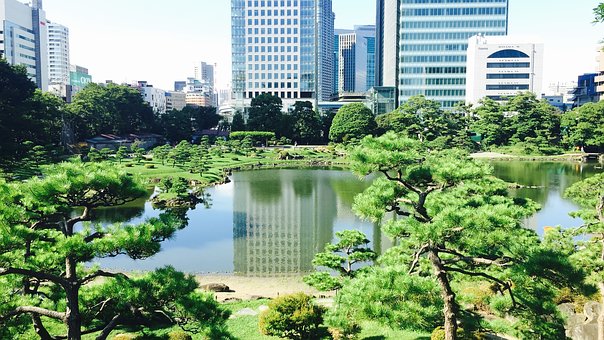Vietnam Travel - Thang Long Royal Citadel To Become A Park

Under the government's decision, the Thang Long royal citadel
, a world cultural heritage, will become a cultural and historical park.Prime Minister Nguyen Tan Dung signed Decision No. 696/Q-TTg on June 8, 2012 approving the plan to preserve the Thang Long Imperial Citadel at 18 Hoang Dieu street in Hanoi and turn it into a cultural history park.
The plan supports the long-term conservation of the architectural vestiges and archaeological artifacts that have been unearthed, and honour their tangible and intangible cultural heritage for future generations. It aims to promote the Citadel's 13 century history and its recognition as a UNESCO World Heritage site.
As planned, the project will cover 45,380 square metres, consisting of a 13,674m2 archaeological site, 3,438m2 for various exhibits, and 21,195m2 of green space. as well as an ongoing 6,803m2 archaeological dig and 6,214m2 of courtyards and roads.

There will be four entrance gates, one each on Hoang Dieu, Doc Lap, Hoang Van Thu, and Bac Son streets. The main gate will be located at the corner of Hoang Dieu and Bac Son streets and two main routes to visit the relics are being organised along with footpaths connecting different points of interest.
The citadel belonged to the Ly, Tran, Early Le, Mac and Restored Le dynasties from the 11th 18th centuries. This site also belonged to the Royal Dai La Citadel in the 7th9th centuries and the Royal Hanoi Citadel in the 19th century.
Excavation has uncovered a historical range from the 7th to the 19th century, including the pre-Thang Long and Hanoi period. The vestiges and cultural layers continuously overlap one another through different historical periods and dynasties. Rarely is there a large historical and cultural history that encompasses such a wide range of historical eras. This land has been the capital for most of Vietnam's history.
The architectural relics consist of the foundation, the base of pillars, sections of brick walls, road sections, brick/gravel tiled floors, a water drainage system, water wells, and traces of lotus lakes. The new discoveries have revealed the magnitude and scale of the Thang Long Citadel that could not be manifested through written documents or ancient maps.
A wide range of the relics in large quantity includes construction materials like bricks, tiles, stone column bases, and ironwood poles. Objects belonging to the royal family include artifacts such as jewelry, Vietnamese ceramics and porcelains, Chinese / Japanese ceramics and porcelains (Hizen ceramics and porcelains (Hizen ceramics), bronze coins from different areas, weapons. Some of the findings are valuable, or never discovered items. These relics demonstrate the highly technical and artistic developments of the Vietnamese people in the past.
In a historical perspective, the new discovery has provided scientific insights into the central location of the Thang Long/Dong Do/Dong Kinh Citadel, laying groundwork for a better understanding of the relationship between the Dai La Citadel with the Thang Long Citadel. This discovery will help us develop a clearer understanding of the citadels from the Ly, Tran and Le dynasties to the Hanoi Citadel during the Nguyen Dynasty.

The relics of the Dai La Citadel were found in the four sections A, B, C, and D of the excavated areas, which means the sections were located inside Dai La citadel. Beyond the vestiges of the Dai La Citadel are relics of the Ly Dynasty. The name of the royal citadel was either called the Dragon Citadel, Phoenix Citadel, or Dragon Phoenix Citadel during the Ly and Tran Dynasties.
This changed throughout the Ly, Tran and Le Dynasties, so more research is required to prove that the citadel was situated to the west of the center. In other words, it was part of the western side of the royal citadel. The result of the excavation in combination with ancient maps and documents has provided a better picture of the royal citadel.
The citadel was recognized as a World Cultural Heritage site by the UNESCO in July 2010.
by: UniLavabit Submit A Travel & Tourism Guide To Reading, Uk Royal Rajasthan Your Travel Experience Of Lifetime Paketit How To Travel With Limited Budget On Vacation Rental Montreal Make A Smart Travel Travel In India Learn More About One Year Travel Insurance Traveling India Travel India Uk Travel India India Travel Usa Holidays In India A Complete Guide For Traveling To Shirdi Gabon Travels: Fresh Experiences